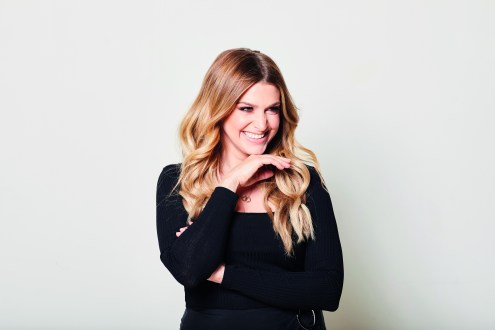Mindfulness for therapists
Seán Collins explains how mindfulness techniques can help to protect the health and wellbeing of complementary therapists

At its heart, mindfulness has three elements – intentional, non-judgemental, present moment awareness.
When practising intentional awareness, we develop our ability to focus and concentrate, while the non-judgemental aspect of mindfulness develops our acceptance of reality.
Many therapists I have worked with have told me that at the end of the day, they often feel drained. This is because while supporting and caring for others is very rewarding work, it can also be very demanding, both physically and emotionally.
By incorporating mindfulness techniques into their work, therapists can help to protect their own health and wellbeing by learning to be more present in themselves. By being more aware of our body and posture, as well as our energy levels and mental state, we become more aware of all the stresses that we encounter over the course of the day – stresses that, if left unchecked, can leave us feeling exhausted. Being aware of these issues as they arise and relating to them differently through mindfulness can transform the way we relate to work challenges.
Here are some suggestions of how you can incorporate mindfulness into your therapy practice:
- Laying out the treatment room – perform this mindfully. Get a sense of the air temperature and freshness. Are there fresh essentials oils in the diffuser? Is there drinking water available? These checks can be done with an intention of full awareness, creating the optimum treatment environment.
- Self-preparation and grounding – begin each session in a strong neutral state (see ‘Naikan practice’ below). Let go of any thoughts and emotions from earlier in the day. Refresh and recharge to be ready for now.
- Know your intentions – state these out loud or have them written down and read them. We aren’t always in control of outcomes but we are always in charge of our intentions. Use intention to make the most of your therapy.
- Self-observation – continually check in with yourself. Are you being present? With a bit of practise, you may notice when you are less present – just bring your awareness back.
- Acceptance – be willing to accept whatever comes up during a therapy session. Things may go as well as you hoped, but sometimes things may not. When they go well, accept this graciously and when they don’t, accept this graciously too.
- Mindfulness of body, breath or senses – be aware of your breath, your body and your senses. You can also be aware of the breath and body in your clients. (To download free MP3 meditations to support you and your clients in this activity, email Info@mindfulnessandmeditation.co.uk and quote PSYMP3 in the subject line)
- Closing ceremony – reflect on your intentions by tidying up the treatment area mindfully: emptying a waste bin, switching off electrical items, removing your name badge and washing your hands. Intend to leave the therapies behind for today.
- Move on – acknowledge and be present in the next part of your day, whether it’s shopping, preparing and eating food, going to the gym, walking the dog, or being a parent or partner.
Naikan (body energy) practice
The practice below is taken from the teachings of Hakuin, and is sometimes referred to as gathering the energy of the universe.
Stand in a neutral position. Take a long breath in, sweeping your arms outward and upwards over your head as you do so. Keep your breathing natural, your shoulders down, your arms soft and relaxed, and let your awareness rise upward with this action. Sense, if you can, this quality of your arms sweeping upwards and gathering. Finish the in breath with your hands over your head, palms facing down, with the fingers of each hand pointing to each other and almost touching.
As you breathe out lower your arms, bring your hands down in front of the body, palms downwards, reaching down. Allow your awareness to flow downwards through your body, finishing at your feet. Imagine this action is drawing the energy down through your body and into your legs and feet. When your mind wanders, just keep bringing your awareness back to your breath and the movement.
The full practice is to repeat this movement 21 times standing, 21 times lying down and 21 times lying down but just imagining the movements. Tailor to suit your environment and time available.
About Seán
Seán Collins is a mindfulness and meditation teacher. As well as teaching therapists and other health professionals, he provides training to hospices, charities, corporate companies and universities. He is also a Senior Mentor within Zenways, where he mentors almost 20 qualified meditation teachers. www.mindfulnessandmeditation.co.uk
Want to learn more?
Seán will be giving a talk on mindfulness for therapists at the FHT’s Training Congress, taking place at Holistic Health Show, NEC Birmingham, on Sunday, 20 May. Tickets are £12 for FHT members and £15 for FHT non-members.
To book tickets visit www.fht.org.uk/congress
Image: iStock
Want access to a world-class online coaching club, plus the magazine every month? Subscribe today.
https://www.youtube.com/watch?v=_IJT_W1G19s








